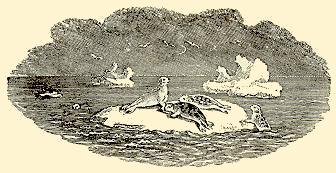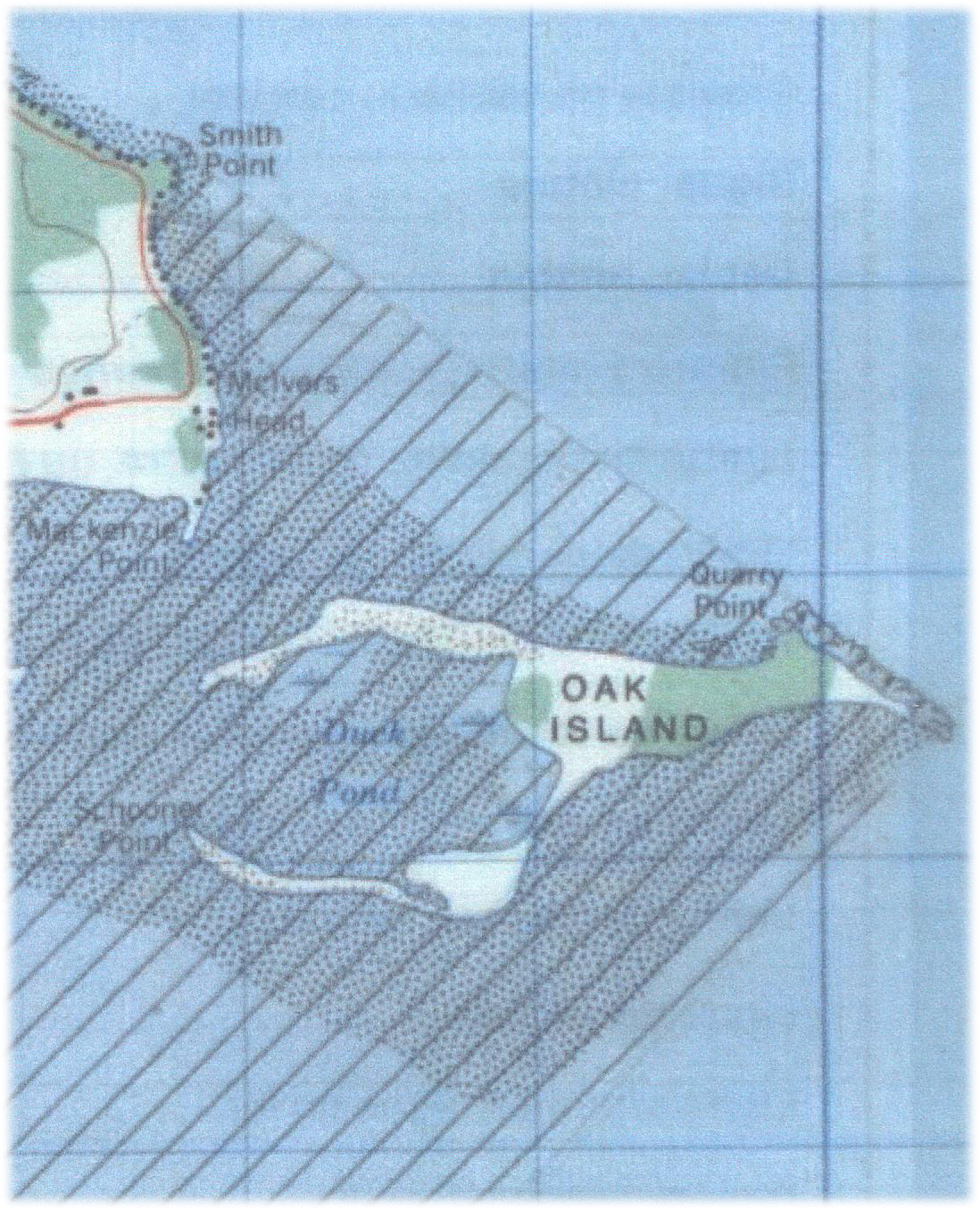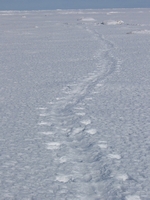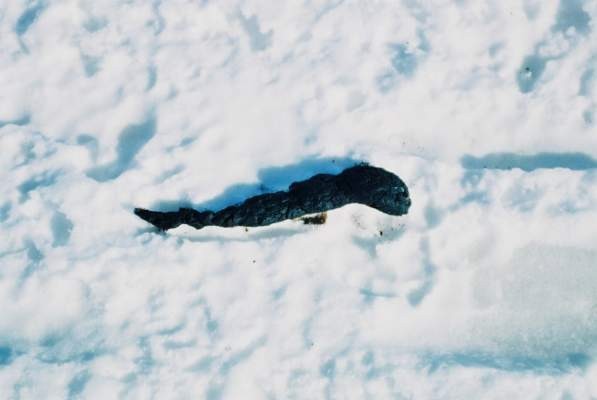Story by Ian Bruce
Grey Seal Conservation Society (GSCS)
Nova-Scotia, Canada
Fox Harbour
is a charming seaside hamlet. This small waterfront township runs parallel
to Wallace Harbour, famous in the mid 1800's for its sandstone quarries.
At an earlier time, slabs of this distinctive stone were carted by trolley
down to the water's edge and shipped around the country. Today hundreds
of buildings throughout Canada and the United States are made from Wallace
Sandstone, including Province House in Halifax and the parliament buildings
in Ottawa, Canada.

(Artist
Unknown)
|
In the
past, French Acadian's colonized the region until their expulsion in
the late 1700's. Cloaked in historical overtones with proof of native
Mi'kmaq occupancy, and through the construction of Acadian dykes, are,
on the whole, visible reminders of these former settlers tenure. Shipbuilding
and the "Golden Age of Sail" too was a significant part of
the communities' heritage.
Near the
mouth of the harbour entrance is a larger island that some locals point
out is fashioned like a lobster, this sandy-beached peninsula is called
Oak Island, and it is here within this protected wildlife habitation
that we encountered hundreds of grey seal pups.

(Shellfish
closure map courtesy of DFO)
A few weeks
prior to discovering this wonderful occurrence of thriving new life,
the surrounding beach area was crowded with thousands of sociable, gregarious,
and lively grey seals, whose singular purpose of existence was to perpetuate
the ancient rhythms of the sea by means of pupping, weaning and renewed
affections of the amorous kind.
The early
morning was refreshingly crisp while sparse beauty lined the walking
trail to the low-lying beach enclave. Standing on the shore overlooking
the breathtaking expanse of the snow-white covered ice field, one got
a sense of the great northern tundra with its bleak remoteness…musk
oxen, walrus, polar bears and migrating herds of caribou played on the
imagination.
The late
morning sun was unusually bright this day, the sky, real blue and the
current of air, feathery light as we made our way across the barren
ice bridge. We were traveling atop "solid" crystallized water
and soon it became apparent that perceptible signs of life were stirring
on the distant horizon.
As
we wandered along the sheet of ice, the surface was crunchy
under our feet, and from time to time we discovered a graceful
sequence of patterns embedded in the icy snow - visual traces
of seal tracks and their novel ways of locomotion...
|
 (click
on image to enlarge)
(click
on image to enlarge) |
|
These
long winding trails hollowed out by the young seal traveler
were intriguing, the inner impressions were smooth and cup shaped,
and when blended with the outer flipper-paw indentations, reminded
me of similar outlines created by the magnificent female sea
turtles of the tropics coming ashore to lay her clutch of eggs.
|
We were
getting nearer to the whelping colony as physical signs dotted the ice
sheet that living mammals were a foot. Dark tubular remnants of seal
scat were encountered, along with opaquely tinted yellow snow. These
frozen and inert byproducts eventually end up gradually dissolving and
because of the circular pathways of nature's intricacy and elegant refinement,
supply-enriching nutrients to oceanic ecosystems, and in time, conceivably
assist in fertilizing the plankton blooms of spring.

"Grey
Seal Scat"
(Every
time I hear this expression, I mull over the enormous expense Canadians
pay scientists to analysis this item, all to determine what seals are
eating - I suspect fish...)
next
page...>>>

